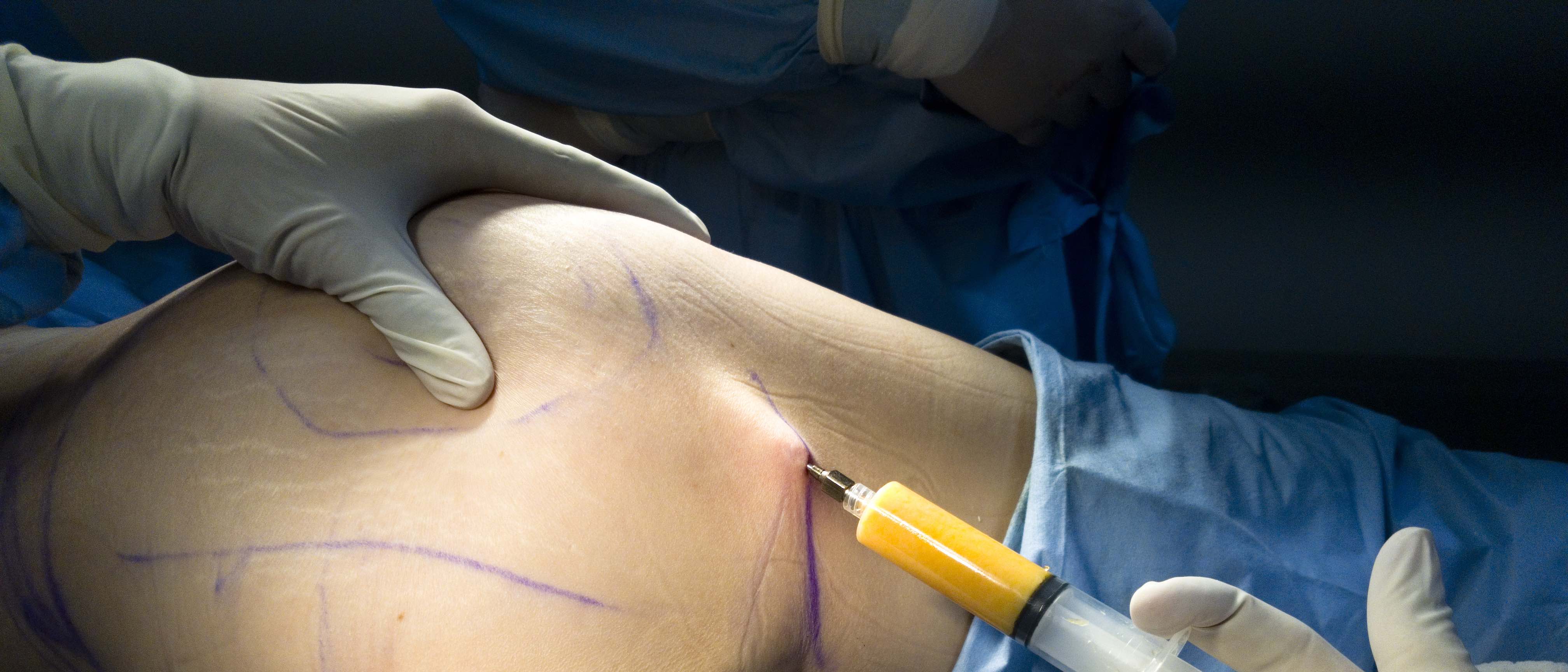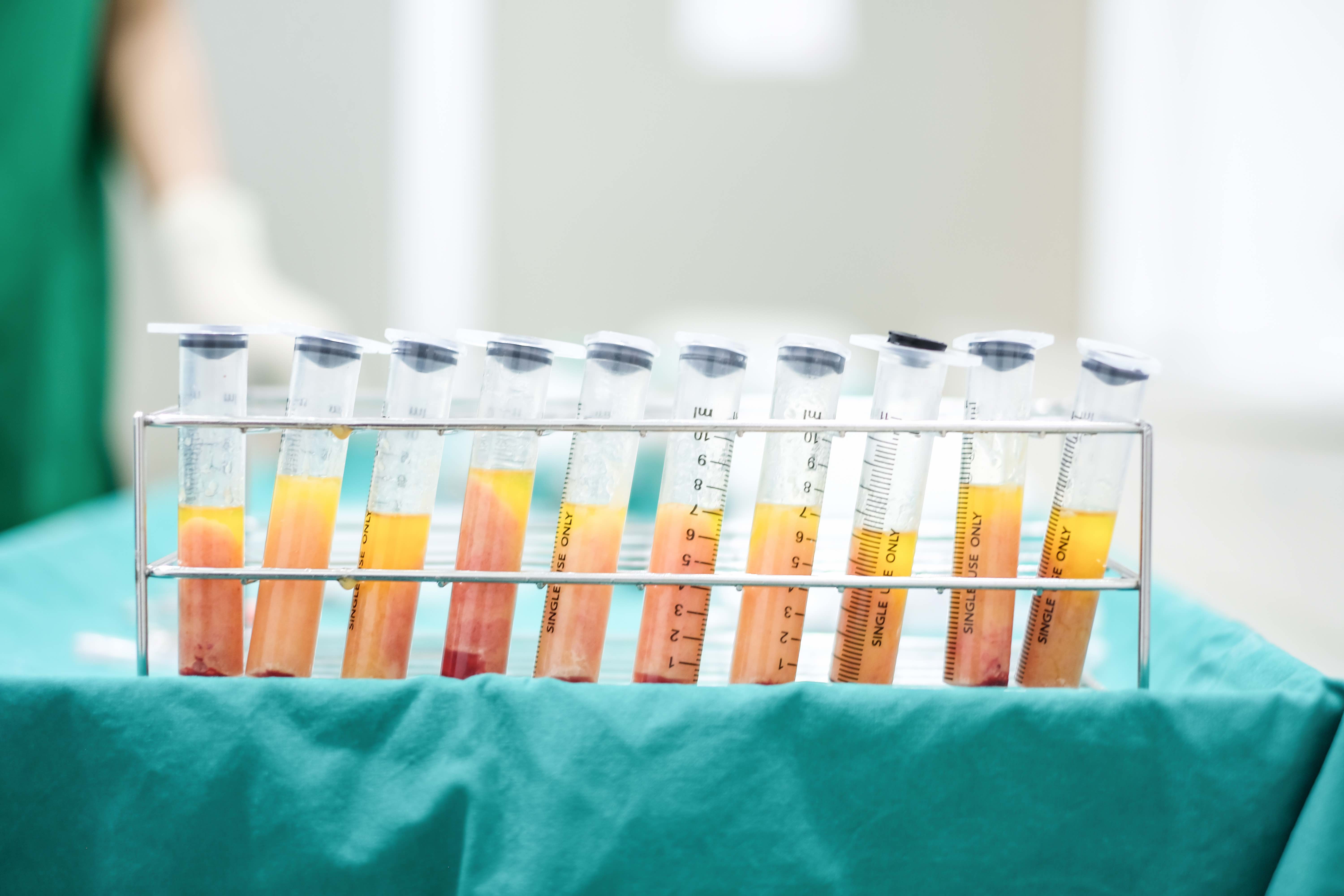Exploring the controversy of Brazilian butt lifts

We’re all aware of the impact social media and celebrities have on aesthetic treatment trends. While most complications encountered from both surgical and non-surgical procedures can be fixed in the right pair of hands, incidences of death are, thankfully, far rarer in the UK.
One surgery trend though, has resulted in a distinctly high number of fatalities compared to other procedures. The Brazilian butt lift, commonly referred to as BBL, has been popularised by the reality TV stars and Instagram standards that have a strong influence on the mostly 18-35-year-olds requesting the procedure.
The most high-profile case in the UK is that of 29-year-old Leah Cambridge, who passed away from a BBL operation in Turkey in 2018. Cambridge died after fat entered her circulatory system and blocked the pulmonary artery to the lungs. The case led to the British Association of Aesthetic Plastic Surgeons’ (BAAPS) decision to advise its 350-plus members to stop performing the surgery while it undertakes a formal safety review. Could the BBL backlash be the creation of inflated media attention, or is it a worryingly dangerous procedure that should be banned?
Aesthetic ideal
“BBL surgery is said to have been initially described by Brazilian surgeon Ivo Pitanguy in the early 1960s. The procedure started becoming more popular with changes in perception of the ideal female look from the early 1980s, when a curvier body with narrower waist and fuller breasts gained increasing popularity,” explains Mr Sultan Hassan, lead surgeon at the Elite Surgical group of clinics and partnership hospitals. “The cartoon character Jessica Rabbit from the 1988 movie Who Framed Roger Rabbit highlighted the curvier figure and is often recalled during consultations by patients today.” BBL is one of the procedures Elite Surgical offers, but the clinic group has suspended the surgery while awaiting guidance from the British Association of Plastic, Reconstructive and Aesthetics Surgeons (BAPRAS), another surgical association looking into its safety.
Kim Kardashian and Nicki Minaj are the go-to contemporary reference points, with the kind of hyperreal, hyper-feminine bodies that form the social media ideal. But what Instagram pictures hide are the serious complications, revisions and high death rate from the procedure, thought to be at around one in 3,000. The American Society of Plastic The American Society for Aesthetic Plastic Surgery (ASAPS) reported 25 deaths from BBL among its members between 2011 and 2016, while one Florida clinic alone had eight deaths between 2013 and 2018.
“It is difficult to give an exact figure but there have probably been around 50 deaths in the US and Mexico alone,” says Dr Hassan, “But many more in Central and South America where the procedure is very popular.” So far two British women are known to have died from complications. Mr Christopher Inglefield, consultant plastic, reconstructive and aesthetic surgeon at London Bridge Plastic Surgery and Aesthetic Clinic, has performed approximately 400 BBL surgeries. He believes the media focus on the negatives related to the procedure isn’t entirely warranted, but that it does help patient safety. “It is overstated but very necessary, as patients need to be fully informed about the risks. However, the most important risk factor is the doctor or surgeon doing the procedure,” he says.

Danger zone
BBL has a high risk of complications owing to the complex anatomy of the buttocks area, with a lot of large muscles and blood vessels. The possibility of injecting fat into a vessel that can then travel through the body and can cause blockages is high. For this reason, Mr Inglefield reiterates the importance of the surgeon performing each step of the three-stage procedure correctly and safely. “The first step is the harvesting of the fat through liposuction, followed by collection and preparation of the fat before injection. Then, fat is injected into the buttocks,” he explains. “There are guidelines issued by the International Multispecialty Group to ensure the safety of BBL in each stage.”
As with any procedure, proper and specialist surgical technique is vital for a safe and desirable patient outcome, especially in an area of the body that carries as much risk as the buttocks. “Deaths from BBL have always been known among surgeons practising this surgery, but this has generally been regarded as surgical technique-related complications associated with performing large volume transfers and poor technique,” says Mr Hassan. “The key is where the fat is injected. A deep injection into or under the gluteal muscle is where the potential for fat injection into major veins is likely to occur. The key is to keep injections of fat in the superficial plane and to not go deep. Using a blunt cannula also helps.”
Right and wrong
If performed by a specialist surgeon in an appropriate clinic setting on a properly consented patient, the probability of serious complications from BBL would of course be reduced. But even so, for some, the risk isn’t one worth taking. Mr Adrian Richards, consultant plastic surgeon at The Private Clinic, which runs consultation clinics in London, Northampton and Buckinghamshire and operates in London, has never performed BBL surgery and questions not just the safety of the procedure, but also its ethics. “Is putting fat into the buttocks really the right thing for us to be doing? It’s purely aesthetic, it’s making people look unnatural; people don’t look like that naturally,” he says. “It makes you wonder how we’ve got here when we’re even contemplating performing a dangerous surgery that makes people look weird.”
Mr Richards believes BBL is a passing trend, and one that carries potentially irreversible consequences. He also has concerns over the high number of the procedures that are carried out abroad, with patients travelling to places like Turkey and Colombia for far cheaper surgery, often in unscrupulous settings. “I think people aren’t being properly consented. In the UK, we’re very keen on informed consent and there’s a two-week cooling-off period before any procedure,” he says. “Whereas patients travelling abroad for the surgery may have seen someone non-medical like a coordinator in the UK but then they may have the operation on the same day they arrive abroad.”
There’s also the issue of resolving complications and providing aftercare once a patient returns home, with the NHS often having to provide urgent care. “Problems from having surgeries abroad often need to be resolved on the NHS at the taxpayer’s expense. Also, you’re not supposed to fly immediately after an operation, so anyone flying abroad and coming back, it’s dangerous,” says Mr Richards. “There are so many risks involved.”
As a BAAPS member surgeon, Mr Richards adds that the association “is always talking about the inadvisability of having surgery abroad where it can’t be followed up”. Mr Hassan is in agreement that the risks of complications from any procedure are significantly increased by patients travelling overseas for operations: “These issues are significantly due to a lack of aftercare and the uncertainty around qualifications and training of surgeons abroad. The cost difference between BBL surgery in the UK compared to abroad, where it is much cheaper, has a major role to play,” he says.
For these reasons, there are concerns that advice to UK surgeons to stop performing BBL surgery could cause more British patients to turn to surgery tourism. “This decision is not in the best interests of any patient seeking a safe procedure,” says Mr Inglefield. “It will certainly increase the risk that patients will have BBL by poorly trained doctors in unregulated facilities abroad. We must keep this into perspective. Our goal is always to improve standards for patients who seek our care.”

Other options
The guidance for UK surgeons to stop performing BBL surgery is unlikely to change “unless a new technique, scientific evidence or data emerges,” predicts Mr Richards. However, there are both surgical and non-surgical alternatives, which, while they won’t give the same results as a BBL, could present a suitable alternative for some patients. Surgically speaking, gluteal silicone implants are an alternative but also carry a high rate of complications – up to 30%, according to Mr Inglefield. The risk is too high for Mr Richards to consider implants for his patients, and Mr Hassan says: “Implants involve more surgery, risks of displacement and infection and the need for replacement.”
Advances in non-surgical body-contouring technology mean that aesthetic doctors now have several viable options to offer patients presenting with a desire to shape or lift their buttocks. “Because the risk of BBL is so high, those wanting the results from this type of procedure are resorting to having it non-surgically,” says Dr Tracy Mountford, founder and medical director of The Cosmetic Skin Clinic, with clinics in London and Buckinghamshire. “BTL Emsculpt is our go-to treatment for lifting and firming the buttocks; each treatment is bespoke to the size and shape of each individual in what we can achieve.” Depending on the patient and their desired outcome, the clinic often incorporates CoolSculpting into the treatment plan to create a more “hourglass” shape, narrowing the waist and flanks, and, if appropriate, reducing the fat pad at the top of the leg, just below the buttock, which makes it look shapelier.
A combination treatment approach is also favoured at EF Medispa, where head of clinics division Violeta Negrea says, “For a non-surgical butt lift, we have a combination of technologies to choose from, such as ultrasound, radiofrequency, acoustic wave therapy, compression therapy, multisculpt therapy and MesoLift. This allows us to address concerns related to muscle tone, lack of elasticity and cellulite, which are all associated with the appearance of a beautiful buttocks.”
Specifically designed as a non-surgical alternative to BBL, Indiba Deep Care, distributed in the UK by Belle, can achieve firming, tightening and lifting of the buttocks after one session, says Irina Lewis, a practitioner at Best Laser Room, based at Royal Garden Hotel Kensington. “It works in two ways; first by a transfer of electricity which stimulates cells and promotes oxygenation and lymphatic drainage to smooth cellulite, then the tissue is heated by electrical resistance which stimulates fibroblasts to lay down collagen, tightening and lifting the bum,” she explains.


